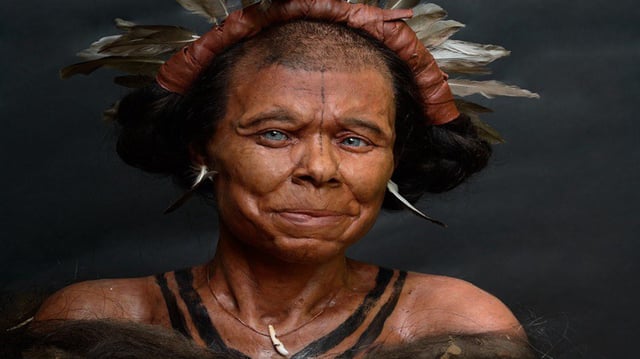Overview
- Margaux woman’s remains were unearthed in 1988 in the Margaux cave near Dinant and date to around 10,500 years ago in the Meuse Valley.
- Genetic analysis of DNA extracted from her skull shows she had blue eyes like Cheddar Man and a slightly lighter dark complexion.
- An interdisciplinary team of archaeologists, geneticists, anthropologists and Dutch artists collaborated to create the facial reconstruction.
- Archaeological evidence of shells, pigments and tools suggests she led a mobile, outdoor hunter-gatherer lifestyle.
- Findings challenge the notion of uniformly fair skin in prehistoric Europe and highlight greater phenotypic heterogeneity among early Western European populations.
